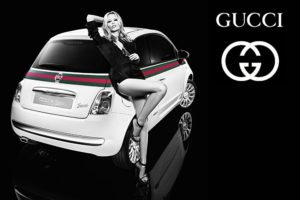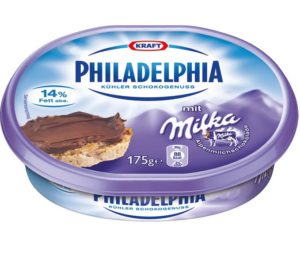What is co-branding ?
To keep their heads above an increasingly competitive marketplace, brands are constantly on the lookout for new ways of standing out from the crowd. What are the tricks they’re using?
It’s often said that strength comes in numbers and co-branding has taken this to heart.

Co-branding is the collaboration between 2 separate brands which put their names to a single product to reach a business objective.
The concept started off in the USA in the 1960s, but it only really came into play in the noughties, when brands began to realise how powerful co-branding could be.
What co-branding can do is to help brands widen their target audiences, attracting new consumers who might not have been interested in the product had it been marketed by just one of the brands.
Co-branding can also be an image booster for both sides of the collaboration, with each brand benefiting from the image of the other.
Financially speaking, there are also advantages in creating a product in alliance with another brand, as development and marketing costs can be shared between the two.
Brands which choose to go along this path are generally seeking to reinvent themselves and get themselves talked about. And it actually works!
Some of the best-known examples of recent years include Karl Lagerfeld and Coca-Cola, Jimmy Choo and H&M, Fiat and Gucci, Burger King and Eurostar, Activision and Amazon, Nespresso and Magimix, Milka and Philadelphia.

All these brands have decided that it is in their interests to get together and showcase a product using using their respective logos.
Although co-branding has turned out to be popular with consumers, it mustn’t be forgotten that not all brands can make a successful marriage together. Before two companies throw themselves into a venture, they need to make sure that their brand images complement each other and that their respective brand promises can sit by side by side. It’s a process which has to be rational and coherent, because while it might be tempting to team up with a nice, powerful brand, it can also be dangerous for the smaller company as its logo might be drowned out by the larger partner.
It’s a process that is not without its risks, but if it’s well thought out, then the rewards are considerable.

Sources :
https://www.welcometothejungle.co/articles/le-co-branding-dans-la-mode
http://www.marketing-professionnel.fr/parole-expert/co-branding-marques-strategies-coopetition.html
http://www.influencia.net/fr/actualites/in,what,co-branding-reinvente-experience-marque,8020.html